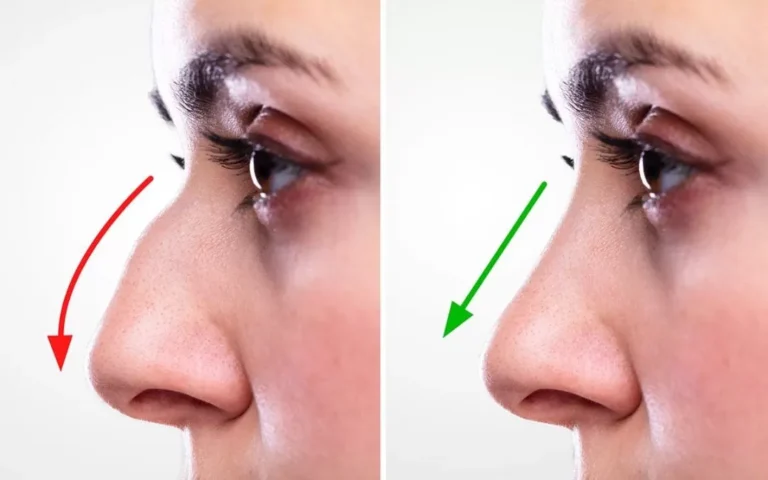If you’re thinking about getting full dental implants. Your teeth may have gone through a lot, like decay, gum problems, or just too many years of use. Or maybe you’re just sick of dentures that move around like they have minds of their own. No matter how you got here, let’s talk about what full mouth dental implants really are in simple terms.
We’re not going to use dental jargon on you. This is for people who want real answers. I’ve tried to help everyone I meet get around this world, and believe me, there’s a lot you don’t know. Let’s make that better
1. Getting to know what full mouth dental implants really are
It’s Not a Fancy Set of Screws
Full dental implants are not just fancier dentures. Putting titanium into your jawbone is usually part of a permanent solution. These posts work like roots, and when they connect with the bone (a process called osseointegration), they hold a bridge or set of teeth that is made just for you in place.
The titanium posts are what holds everything up. That is the base for everything else. You don’t take them out at night, and they don’t move when you chew.
How Many Implants Are We Talking About?
Most full arch dental implants put 4 to 6 implants on the top and 4 to 6 on the bottom. After that, your dentist makes a full arch of prosthetic teeth that connects to the implants.
2. The Whole Process, From Start to Finish
Initial Consultation
You sit in a chair and get X-rays and maybe a CT scan as well. They will look at your gums and bones. They will ask you about your medical history, and no, it’s not just to tick a box.
Tooth Extraction (if needed)
If you still have some of your natural teeth and they can’t be saved, they’ll have to come out. This part can hurt more emotionally than physically. People don’t realise how hard it is to say goodbye to your real teeth, even if they’ve caused you a lot of pain over the years.
Putting in The Implant
You’ll probably be sedated (thank God), and the implants will be put into your jawbone. Some dental clinics do offer same-day implants, which means that temporary teeth are put in right away. Some people are more patient and wait for your jaw to heal before putting in the last set.
Healing Time
This part tests your patience. Bone needs time to grow around the implants—anywhere from 3 to 6 months. You will need to wear a temporary denture or bridge, during this step. Soft foods become your best friend.
Final Prosthetic
Once healing’s done, the permanent teeth get placed. These are custom-designed to match your smile, face shape, and bite.
3. Cost: Let’s Talk Numbers Without the Fluff
What Are You Paying For?
The full dental implants cost isn’t just the titanium screws. You’re paying for:
· Several scans (CT, X-rays)
· Operations (including extractions if necessary)
· Anaesthesia or sleep
· Temporary teeth
· Work in the lab and materials for the final prosthetics
· Follow-ups and changes if needed
4. Pain, Recovery, and Your Life After Treatment
Does it hurt?
Not during the surgery, to answer your question. You will be numb or out cold. What happened next? It feels like someone really meant it when they stepped on your mouth. It’s normal for things to swell, hurt, or bruise. Most people say that regular painkillers can help.
The soft food diet and getting used to the temporary teeth are what really hurt. But hey, it’s better than having loose dentures and dental glue.
Living With Full Mouth Implants Everyday
You brush and floss (yes, even with implants), and you go to the dentist on a regular basis. The main difference is the freedom, though. Laughing without putting your hand over your mouth. Eating steak or biting into an apple without thinking twice. That’s the real victory.
5. Who It’s For—And Who Might Need a Different Option
Ideal Candidates
– You’ve lost most or all of your teeth
– Your gums are healthy (or treatable)
– You have decent bone density, or are open to bone grafting
– You don’t want removable dentures anymore
If that sounds like you, you might be a good candidate for full arch dental implants.
When It Might Not Be Right (Yet)
– You have a medical conditions that denies you from undergoing the treatment
– You smoke heavily and aren’t willing to quit (smoking slows healing)
– You can’t commit to the aftercare or maintenance
It doesn’t mean you’ll never be eligible—but you might need to deal with a few health issues first.
Some people also start with implants on one arch to see how they handle it before committing to both. It’s a big shift, mentally and physically.
No Fluffy Wrap-Up—Just a Nudge
You might be thinking about how it affects you emotionally and financially if you’ve read this far. And yes, it is a lot. But for a lot of people, the reward is finally feeling like themselves again when they smile in the mirror or eat their first real meal.
There are different types of Dental Implants London, from high-end cosmetic clinics to more practical implant centers. Do some research, talk to a few dentists and clincs. Don’t be afraid to ask any question, even the strange ones.
This is not simply about replacing teeth. It’s about getting your life back in a way that actually feels good. If you’ve been living in survival mode with your teeth, this could be the first real step back to thriving.
And if you’re still not sure? keep looking, keep digging. It’s your mouth, your money, your call.
Also read: How to Actually Find a Good Dentist for Advanced Oral Care





